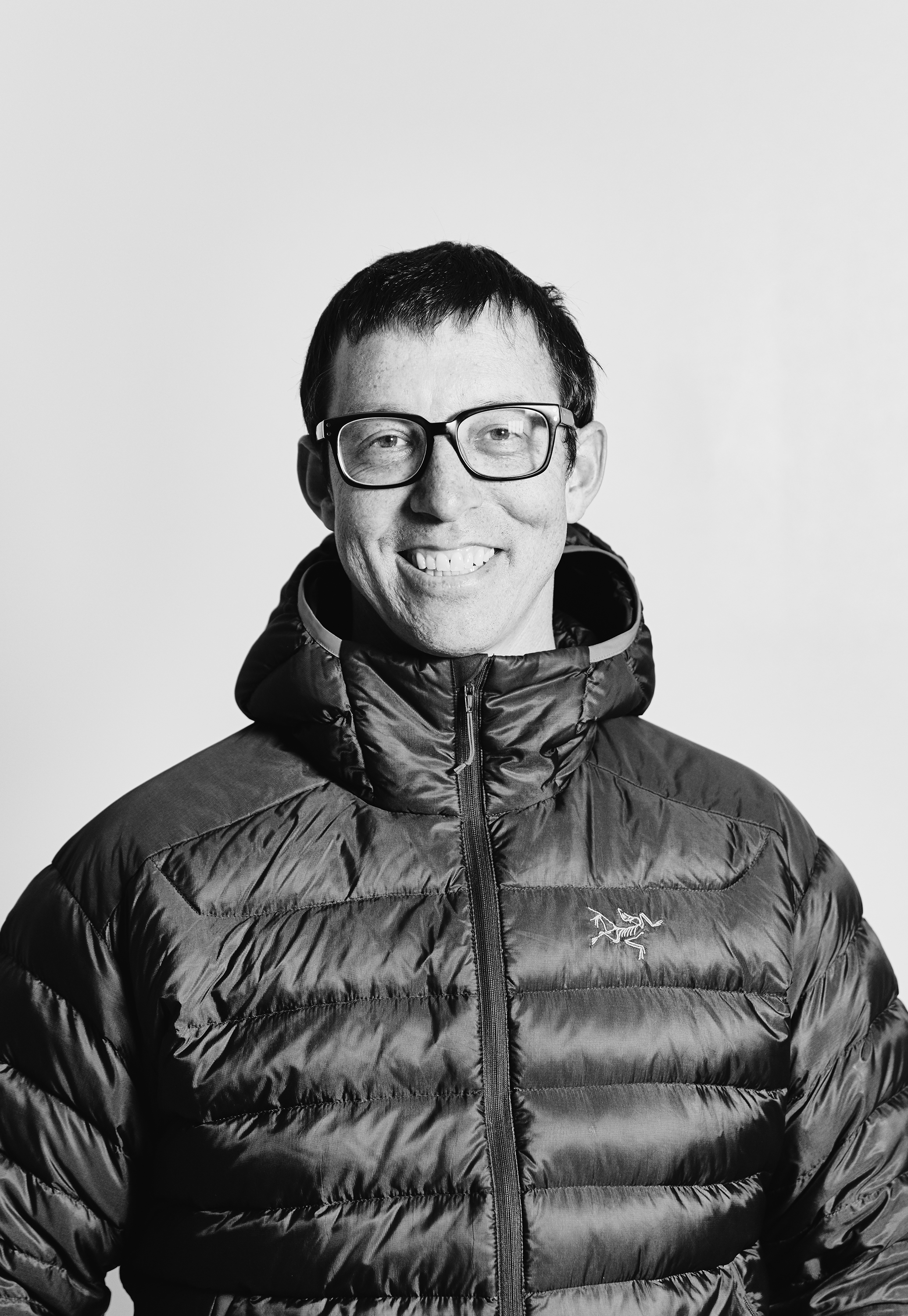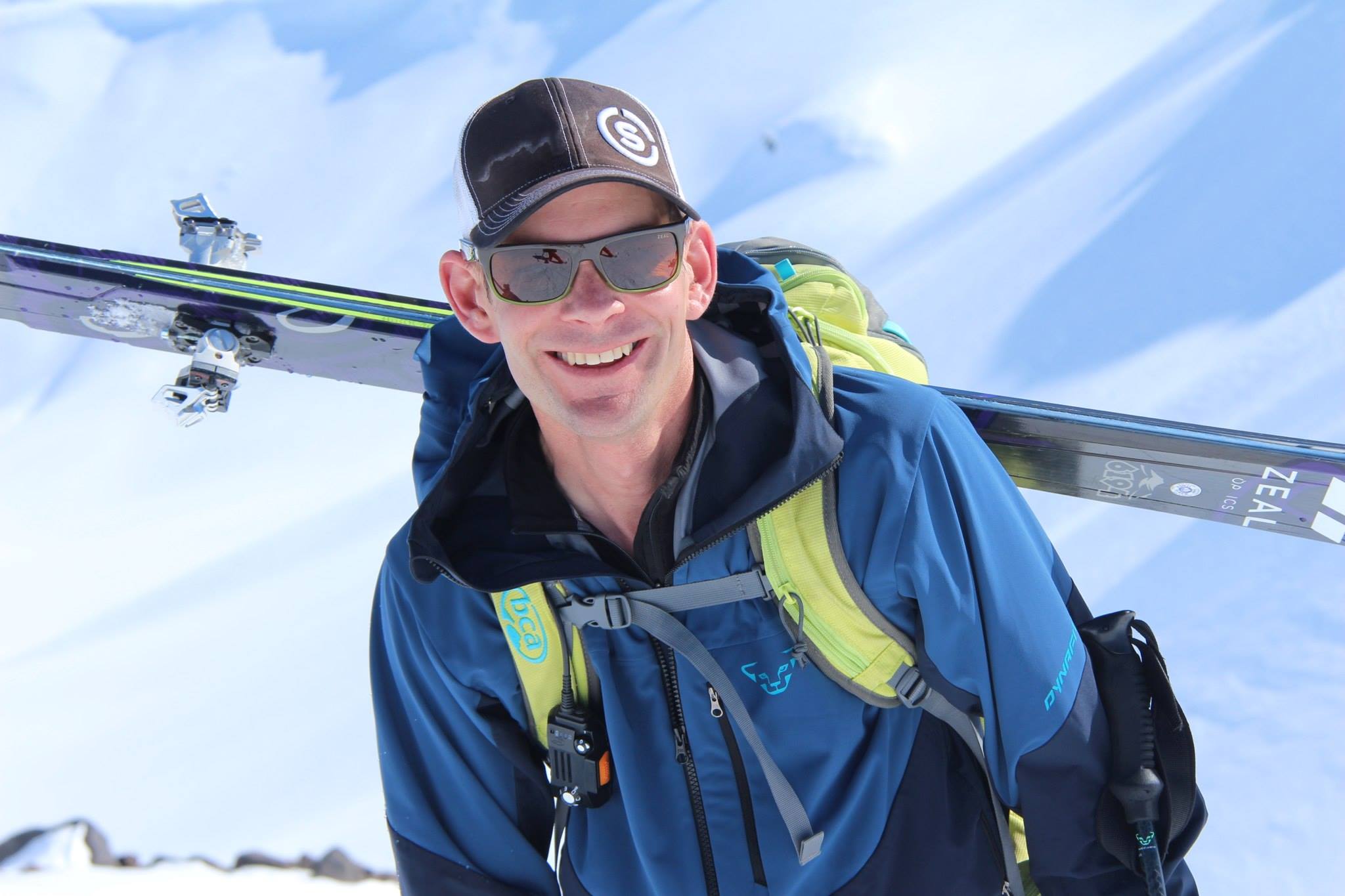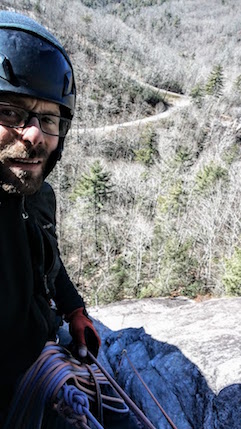Julbo Aerospace—Tested
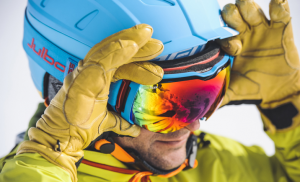 Gimmickry! You can spot it from a mile away, usually on the Home Shopping Network, but the ski/climb/bike industries are no strangers to kooky “innovations” that are anything but.
Gimmickry! You can spot it from a mile away, usually on the Home Shopping Network, but the ski/climb/bike industries are no strangers to kooky “innovations” that are anything but.
Call me a cynic, or maybe just a skeptic, but when I first saw Julbo’s new “Aerospace” goggle ($240 retail, 120g, 4.2oz, home verified) I rolled my eyes and thought, “Yeah, right.”
The Aerospace—available in several lens options, from the low-light “Zebra Light” to the darkest “Camel”—features a unique frame construction that allows its wearer to pop the lens approximately 5-7mm away from the rest of the goggle. This immediately vents the goggle and according to Julbo, it’s “The first goggle you can wear whether you’re on the skin track, lift, or flying down the mountain!”
But like I said, “Yeah, right.” I’m almost universally overheated on the skintrack. I’m the guy with all the vents open, the thinnest cap possible, and even with all this—a bit of sweat dripping off the end of my nose. I have never, in 40 years of skiing, booted or skinned while wearing goggles. Five minutes and I’ve fogged/iced/destroyed them for the day.
Add to this the expected stress of fogging goggles while leading ice or scrambling on mixed terrain, and you begin to see my apprehension about the Aerospace.
I scored the Aerospaces with the photochromic “Zebra” lens that goes from medium to dark (levels 2-4 on Julbo’s scale of lenses, 4 being the darkest). The Zebra Light goes from 1-3 and excels on storm days and even sunny days, as long as you’re not on a glacier or above treeline. The Camel is Julbo’s darkest lens, blocking enough visible light you can comfortably wear them on a splitter day on the glacier. Pick your poison; I’ve worn all of them and like them in the right conditions.
I brought the Aerospaces to a week-long gig at Kokanee Hut in Canada and we lucked out: it snowed every day, including a near-0-C day at week’s end. I brought the Aerospaces out several days, trying them on the up, the down, and even in the high-humidity almost-raining last day of touring.
I also used them in Colorado in bright sunshine, shady trees, and everything in between. I reckon I spent about 15-20 days in them total since last December.
I’m mostly a believer now, too. Sure enough, I’d skin for a few minutes and notice fog building at the perimeter of the lens, but a quick flick of a low-profile tab at the goggle’s top margin and bam—full ventilation. In nuking crosswinds I quickly discovered the gap opened when venting is large enough to admit wind-driven snow. With a bit of fidgeting I found the fix, too—you simply close one side of the lens, leaving it ventilated downwind, but sealed on the windward side. Pretty functional.
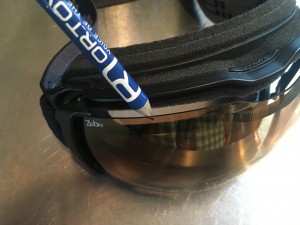
You can also open just the lower margin of the lens, keeping precip snow falling straight down (rare in Colorado!) from sneaking in from above.
For storm days, days stuck in a snowpit, or harsh weather in the alpine, the Aerospace seems like a great option. Gives you solid protection and for the life of me, I couldn’t get them to fog over. Even on the last day at Kokanee, when snow was literally melting the moment it hit our hard shells, I managed to keep the Aerospace unfogged and maintain my vision. I never got ‘em out ice climbing in gusty conditions, but I imagine they’d perform just as well.
My only complaint was that the tabs and hinges were occasionally tricky to get completely shut/sealed. There is a subtle “click” when you press them to get them fully clicked, but in the field I had times—especially in gloves—when I couldn’t lock ‘em down entirely. This abated with more experience and it didn’t result in snow getting inside, but I did notice it.
I’m curious after 50 days in the field if the lenses will still seal down. This would be my only worry—that all of a sudden on an ice pitch or on the big day of the year, snow starts to sneak in. Annoying at least, terrifying at the worst!
For the ideal set-up, I’d probably opt for the Aerospace with the Zebra Light lens. It lightens sufficiently to use in fairly dark situations (I have a sunglass with this particular lens and I’ve used it mountain biking in shady trees and even bicycling home in near-dark conditions), but darkens enough you can certainly get away with it on all but the sunniest days.
The rest of the Aerospace functioned just fine—three strips of silicone on the elastic band held my ski helmet or hat firmly, the foam hasn’t begun to break down, and like all my other Julbo products, I haven’t put a scratch in ‘em yet.
Whatever lens configuration, the Aerospace surprised me with its truly innovative construction. Give ‘em a look if you usually fog up your goggles or just want a quality product.
—— Rob Coppolillo, IFMGA Guide





